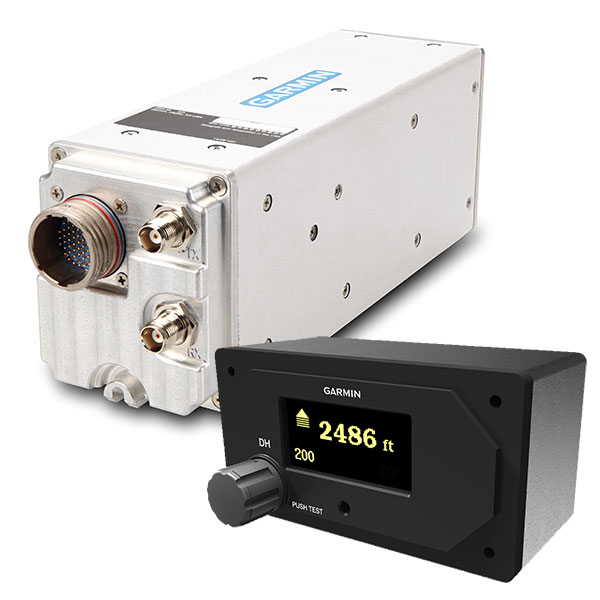One thing about the new regulations that I am not entirly clear on is the 120m height rule.... Whilst I am a reasonably competant quad flyer, I have only taken my Mini2 out once in the garden to check it out...
I havn't flown my quads for a fair while, certainly before the new regulations came in so I am starting again.
As I understanding it, I can fly 120m off the ground? So if I fly over a hill, I can increase my height as I go over the hill, as long as I stay 120m from the ground...
But how do you know? If you don't know the heigh of the hill, how can you ensure you are still flying within 120m?
My standand flying site is at 0ft above sea level as its a large level area by a river.. But the ground sharply rises all round.. I would guess by 20-30m... So if I go over this hill, I can increase my height to 140-150m.. How how can I tell exactly how high I can go?
I guess its just a case of finding out the height of the hill and then manually monitoring my height, but I just wanted to check if there were any tips? There is nothing in the app that helps here is there? Based on the Google map data?
I havn't flown my quads for a fair while, certainly before the new regulations came in so I am starting again.
As I understanding it, I can fly 120m off the ground? So if I fly over a hill, I can increase my height as I go over the hill, as long as I stay 120m from the ground...
But how do you know? If you don't know the heigh of the hill, how can you ensure you are still flying within 120m?
My standand flying site is at 0ft above sea level as its a large level area by a river.. But the ground sharply rises all round.. I would guess by 20-30m... So if I go over this hill, I can increase my height to 140-150m.. How how can I tell exactly how high I can go?
I guess its just a case of finding out the height of the hill and then manually monitoring my height, but I just wanted to check if there were any tips? There is nothing in the app that helps here is there? Based on the Google map data?












